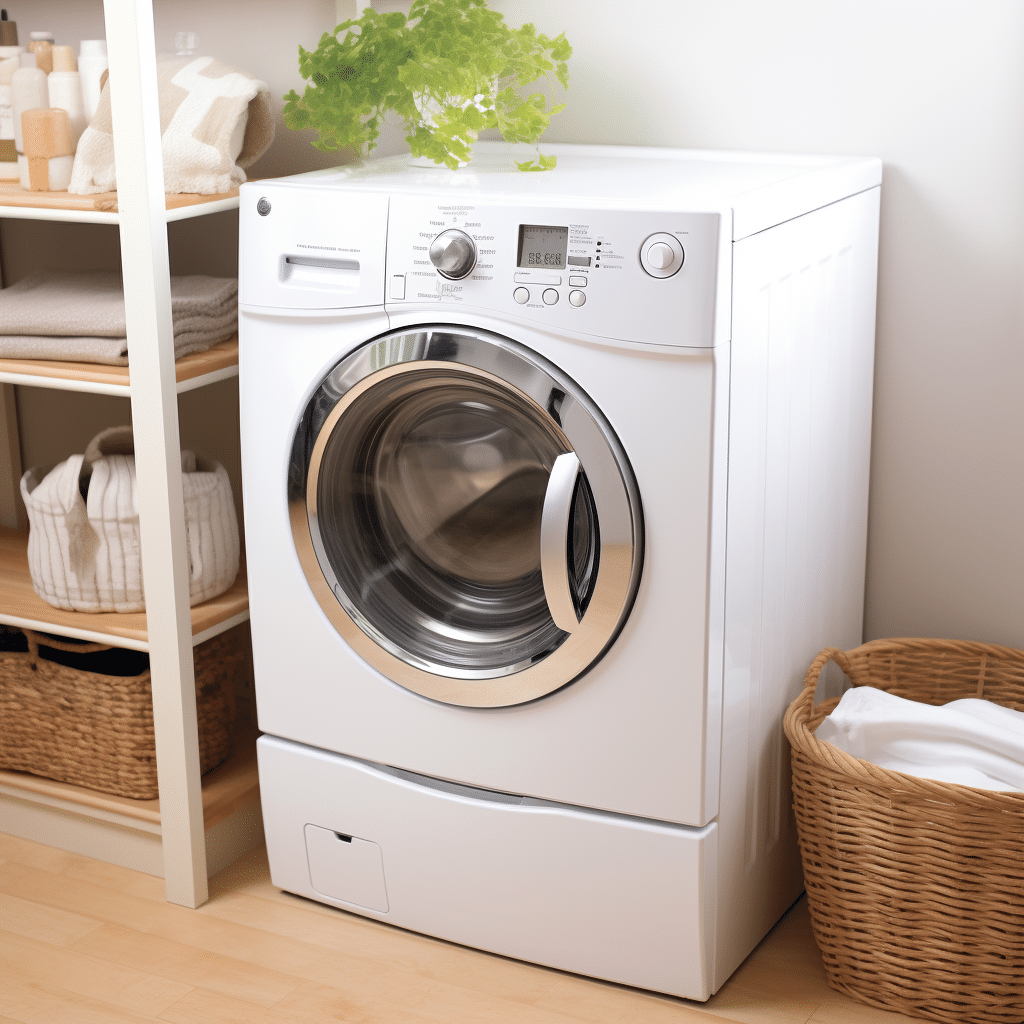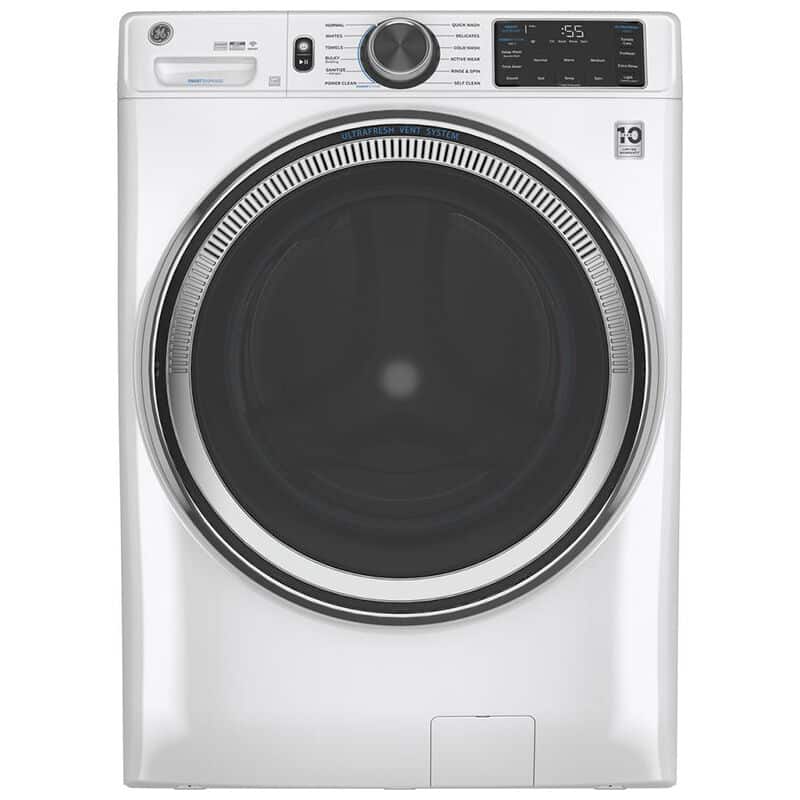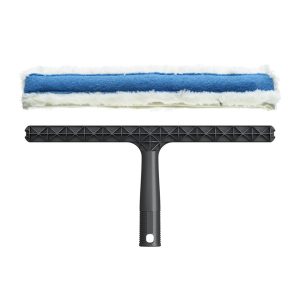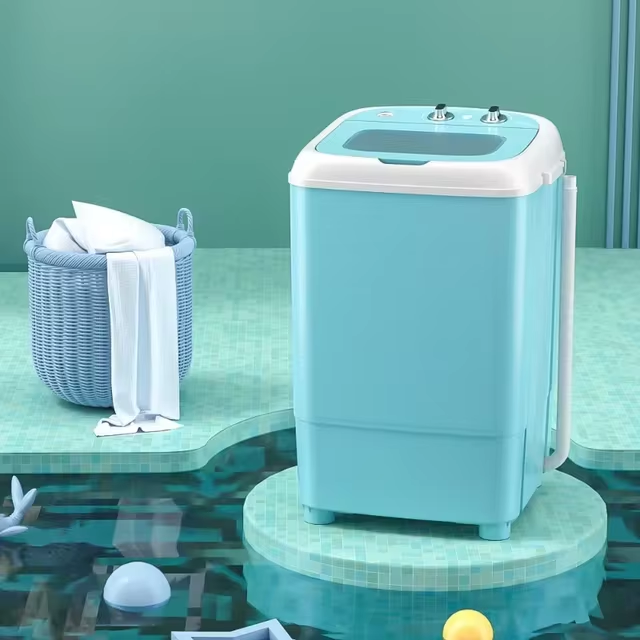Solving Common GE Washing Machine Drainage Issues
Identifying the Cause of Drainage Problems
When faced with a GE washing machine not draining, identifying the root cause is crucial. Here are common culprits:

- Clogged Drain Filter: Check the drain filter for debris or objects.
- Obstructed Drain Hose: Ensure the drain hose isn’t kinked, crushed, or blocked.
- Faulty Drain Pump: A malfunctioning drain pump can impede water flow.
- Excessive Detergent Use: Too much detergent leads to residue build-up, affecting drainage.
- Drain System Issues: Any problems in the household’s drain system can cause backups.
- Unbalanced Loads: Unevenly distributed laundry can prevent proper spinning and drainage.
- Closed Drain Hose Cap: If your model has a cap, make sure it’s open during operation.
By systematically checking these areas, you can pinpoint the problem and take the next steps towards fixing it.
Initial Troubleshooting Steps for Drainage Issues
Before diving into more in-depth solutions, start with basic troubleshooting to resolve a GE washing machine not draining. These simple steps can often fix the issue quickly and without the need for professional help. Keep an eye out for our recommended usage of keywords to optimize search engine visibility.
- Check Power Supply: Ensure the machine is plugged in and the electrical outlet functions properly. A disruption in power can halt the draining cycle.
- Run a Spin Cycle: Select a spin cycle to see if the washer drains without washing. Sometimes, a separate spin can kickstart the drainage process.
- Reset the Washing Machine: Many GE models have a reset function. Unplug the machine for one minute and plug it back in to reset the system.
- Listen for Unusual Noises: During operation, listen for sounds that could indicate a blockage or a faulty pump.
- Examine Lid Switch: Make sure the lid switch, if present, engages correctly as it can prevent spinning and draining.
By following these initial steps, you may quickly solve the drainage problem. If issues persist, further investigation into the drain pump filter, hose, or system may be required. Adhering to these steps can wane the onset of more complicated issues and save on potential repair costs.
How to Clean the Drain Pump Filter
When a GE washing machine is not draining, a clogged drain pump filter could be the culprit. Regularly cleaning this filter is a vital step to ensure proper function. Here’s how to do it effectively.
- Power Off the Machine: Always start by turning off your machine and unplugging it from the power outlet for safety.
- Locate the Filter: Refer to your GE washing machine’s manual to find the exact location of the drain pump filter. In most models, it’s at the front lower part of the machine.
- Prepare for Water: Place towels and a shallow container beneath the filter area. When you remove the filter, residual water may spill out.
- Remove the Filter: Gently twist the filter cap counterclockwise. Some models may have a release mechanism that requires a push or a pull.
- Clean the Filter: Rinse the filter under running water. Gently brush off any debris, lint, or foreign objects that might block the filter.
- Inspect the Filter Housing: Check inside the filter housing for additional debris. Ensure it’s clear before replacing the filter.
- Reinstall the Filter: Insert the cleaned filter back into its housing. Turn it clockwise until it’s securely locked in place.
- Test the Machine: After reassembling, plug the machine back in. Run a short cycle to confirm that the drainage issue is resolved.
Cleaning the drain pump filter can be a straightforward process that you can do without requiring professional help. Remember to perform this maintenance periodically to prevent future GE washing machine drainage problems.
Checking and Unclogging the Drain Hose
After addressing the drain pump filter, if your GE washing machine is still not draining, the next step is to check the drain hose. A blocked or kinked hose can impede water flow, leading to drainage issues. Here’s a guide to check and unclog the drain hose efficiently.
- Inspect for Kinks: Carefully follow the drain hose’s path. Look for any bends or kinks that may have formed and straighten them out.
- Examine for Clogs: Disconnect the hose from where it attaches to the washing machine and the drainage system. Shine a flashlight to see if there’s any visible blockage.
- Flush the Hose: If obstructions are present, use a gentle stream of water to flush them out. Do this outdoors or in a large sink to manage water spillage.
- Check Hose Connections: Ensure that hose connections are secure and not leaking. A loose connection can also disrupt the draining process.
- Avoid Crushing the Hose: When moving your washer, keep the hose clear from any objects that might crush or damage it.
Regular inspection and maintenance of the drain hose can prevent many draining problems in GE washing machines. Should the hose be damaged or persistently clogged, replacing it might be necessary to restore proper drainage function.
 When to Inspect the Washer’s Drain Pump
When to Inspect the Washer’s Drain Pump
Once you’ve checked the drain hose and pump filter without success, it’s time to inspect the drain pump itself. The drain pump in your GE washing machine plays a critical role in water removal during the drain cycle. Here’s how you’ll know it needs an inspection:
- Odd Noises: If you hear unusual sounds, like humming or grinding, it can signal a pump issue.
- Water Remains in Tub: After a cycle, if water stays in the tub, the pump might be faulty.
- Washer Does Not Start: A broken pump can prevent the washing machine from starting a cycle.
To inspect the drain pump:
- Safety First: Unplug the washer to avoid electrical hazards.
- Access the Pump: Consult your user manual to locate the pump, usually found at the bottom of the machine.
- Visually Check: Look for obvious damage or obstructions in and around the pump.
- Test the Pump: A multimeter can check for electrical continuity. If it fails the test, you may need a replacement.
Regularly inspecting and testing the drain pump can preclude your ‘GE washing machine not draining’ conundrum. Stay vigilant for signs of pump troubles and take action to circumvent bigger problems.
Understanding Error Codes Related to Drainage
When your GE washing machine is not draining, paying attention to error codes can be pivotal. These codes are the machine’s way of communicating specific problems, guiding you towards the next steps to resolve the issue. Here’s how to understand and address error codes related to drainage issues.
- Consult the Manual: Start by checking your GE washer’s manual. It will list the meanings of various error codes.
- Identify the Code: Look at the display panel on your washer. Note the error code that flashes.
- Clear the Error: After fixing the problem, clear the error code. Usually, this involves pressing a button combination.
Some common GE washer error codes related to drainage include:
- E31: Indicates pressure sensor issues, often due to blockage in the drainage system.
- E23 and E24: These codes often mean there’s a problem with the pump, indicating a blockage or failure.
By understanding what each error code signifies, you can take the right steps to fix your GE washing machine’s drainage issues without confusion. Keep an eye out for these codes to act fast and prevent further complications. If error codes continue after you’ve carried out troubleshooting steps, professional help may be required.
Tips for Maintaining Your GE Washing Machine to Prevent Drainage Problems
Keeping your GE washing machine in top shape can prevent drainage issues. Here are some tips to maintain your appliance properly:
- Regularly Check the Filter: Clean the drain pump filter every month. This prevents clog formation.
- Inspect the Drain Hose: Make sure the hose is free from kinks and clogs. Do this every few months.
- Use Proper Detergent Amount: Follow the suggested detergent use. Too much soap forms residue that can block the machine.
- Keep Loads Balanced: Always arrange your laundry evenly. This helps the washer drain properly.
- Clear the Area: Ensure nothing blocks the area around the drain hose. This avoids hose crimping and damage.
- Monitor Error Codes: Be mindful of error codes that appear. They can indicate early signs of drainage trouble.
- Run Regular Cycles: Often use your washer, even without laundry. This can help keep the machine’s parts moving and clear of debris buildup.
Carrying out these maintenance tasks can greatly reduce the risk of drainage problems with your GE washing machine. Remember, prevention is always better than dealing with repairs.
 Professional Repair or Replacement: Knowing When to Call a Technician
Professional Repair or Replacement: Knowing When to Call a Technician
After trying to fix a GE washing machine not draining, sometimes a technician’s help is needed. Here are signs that it’s time to call a professional:
- Persistent Problems: If issues continue after thorough troubleshooting, expert insight may be necessary.
- Complex Error Codes: When error codes are complex or won’t clear, a technician can diagnose the problem.
- Repeating Issues: If the same drainage problem keeps happening, it might be due to a deeper issue.
- Poor Performance: When the washer’s performance declines despite maintenance, it may need professional repair.
- Old Age: Older machines may require parts that are hard to find or fix. Technicians have the right sources.
A reliable technician will offer honest advice on whether to repair or replace your washing machine. They assess the cost and life expectancy of the machine. If repairs are too costly, they may suggest a replacement.
Call the technician when you feel out of depth. They ensure your safety and the machine’s long life. By observing these signs, you can make an informed decision on what’s best for your washer.

